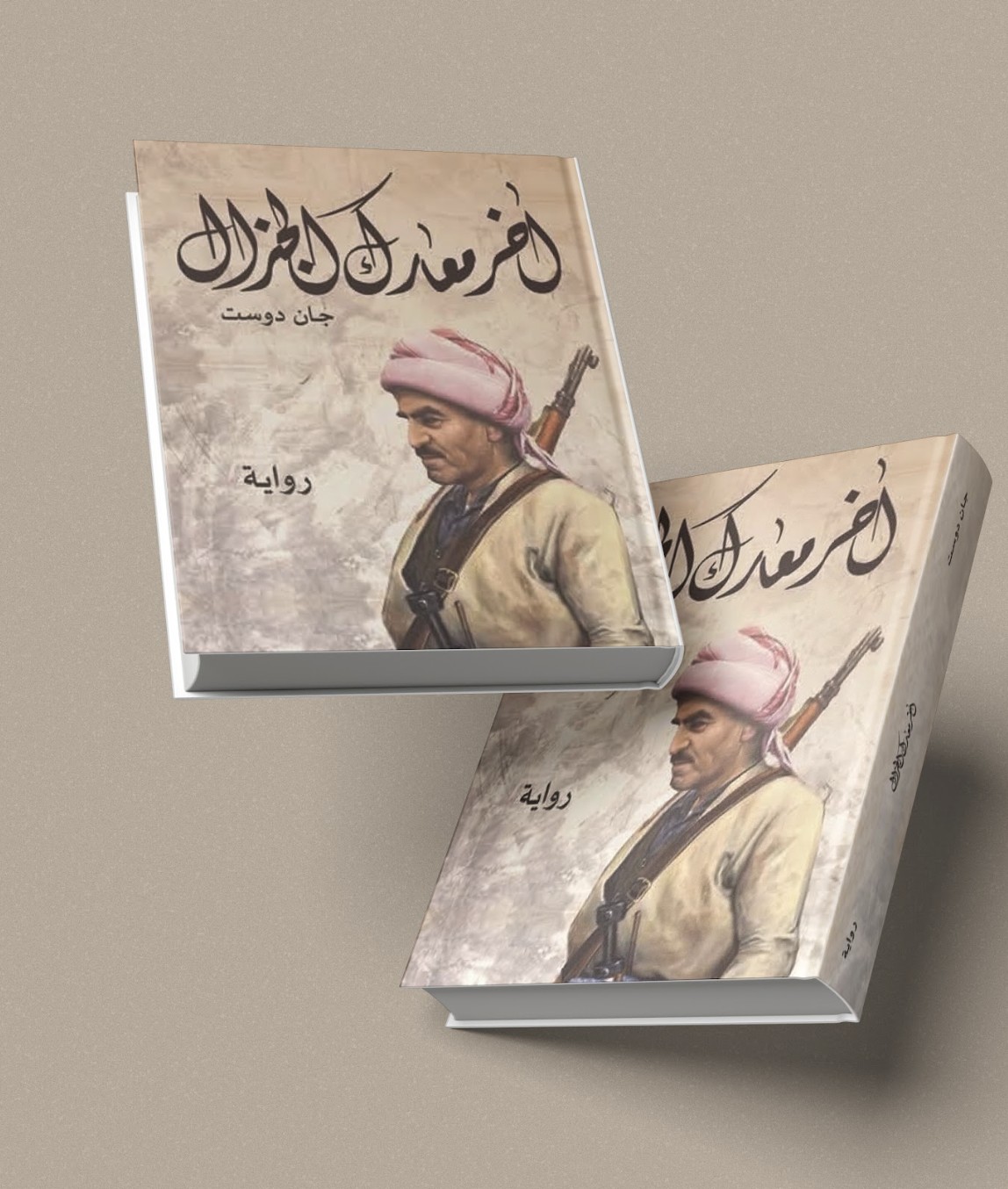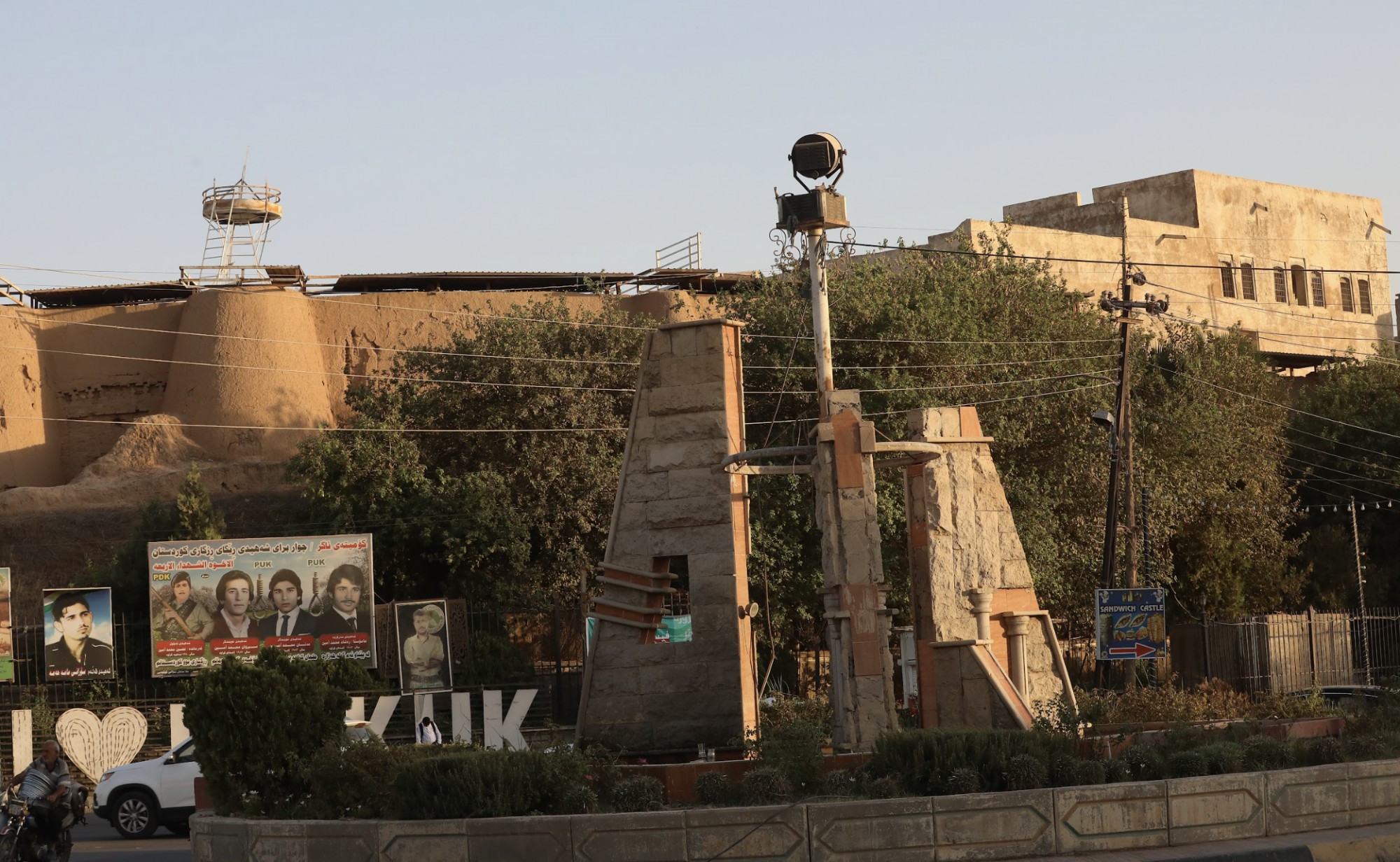In memory of Ali Emiri Efendi
The ancient city of Diyarbakir, also known as Amid, Kara Amid, Amed, or Diyarbekir, was one of the few places outside of Istanbul where Westernization movements were most intense during the last two centuries of Ottoman rule. It is possible to find traces of the political and social structure of this process in newspapers and magazines published by the government, non-governmental institutions, and individuals.
During the reign of Mahmud II (1808-1839), the Ottoman state government system was abolished and provinces, sanjaks, districts, townships, and villages were created because of radical changes in the administrative structure. In 1864, with the Danube Province Regulation, printing houses were established by decree in 21 provinces, which replaced the states, and each province began to publish its own official newspaper. Just before then, we see that printing houses were established in every province to print provincial annals known as salname to spread official news, and these printing houses turned into the newspapers we are familiar with today.
Press activities, which intensified with newspapers being printed in Istanbul and Izmir, flourished. The first newspaper in today’s Diyarbakir, Diyarbekir, was printed on August 3, 1869, having been founding by the governor of the period, Hatunoglu Kurt Ismail Pasha. Printed in Turkish, Armenian and Arabic, its main purpose was to educate the public on matters of local importance and to announce educational activities in the province.
The new ideas that Ibrahim Sinasi Efendi derived from Western literature – including the structure of the news article, new punctuation marks, the writing of the first script for theater – was implemented contemporaneously in Diyarbakir and in Istanbul. The first editorial staff of Diyarbekir included Said Pasha, Ziya Gokalp’s father Mehmet Tevfik Efendi, Talat Efendi, and Said Pasha’s son Suleyman Nazif. Handed over to the private sector in 1931, Diyarbekir ceased publication in 1963 but was the longest-running local newspaper of its time.
The first book published in Diyarbakir was a selection of 111 pages from the works of Ahmet Sait Pasha of Diyarbakir. The work, called Divançe-i Eş’ar, was published in Ottoman Turkish in 1871. Another notable book published in Ottoman Turkish was Ahmede Xasi’s Kurdish-language Mawlid, a religious text that was published in the same printing house in 1899.

Pre-republic period (1885-1920)
With the Ottoman Empire’s declaration of the Second Constitutional Monarchy in 1908, many newspapers and magazines began to be published within the scope of the efforts of the Committee of Union and Progress (CUP) to account for the wide diversity of peoples living in the empire and to expand their individual freedoms. This expansion, which proceeded in accordance with the political and cultural understanding of both the government and minority groups, took place both in the cultural center of Istanbul and in the provinces. Political, social, and cultural issues of that period were covered by weekly, fortnightly, or monthly newspapers. Early on, newspapers took on the function of risale-i mevkute, or magazines as they are called today. Over time, these two types of publications naturally diverged from each other.
The first private newspaper printed in Diyarbakir’s provincial printing house was Peyman, which was published as four pages on June 29, 1909. Its publisher and manager was Mirikitzade Sukru Efendi. The editor-in-chief of this newspaper was Mehmet Ziya Gokalp, one of the representatives of the CUP in Diyarbakir province, who wrote articles under pseudonyms such as Tevfik Sadad, Huseyin Vadad, Mehmet Mehdi, Mehmet and Na’il. While the first issues described the problems of the city, over time, under the influence of Gokalp, the paper’s focus gradually shifted towards pan-Turkism. Other topics discussed in the newspaper included the practices of Abdulhamid II and his situation after being dethroned, the unrest in Crete, the condition of the Ottoman navy, social and cultural activities in the province of Diyarbakir, the impact of the Second Constitutional Monarchy in Diyarbakir, and various other issues.
This newspaper published 36 issues in total. The 12th issue included Mustafa Kemal Ataturk’s 1927 speech Nutuk in Kurdish. In the same period, the newspaper Dicle began publishing as well, having received a license at the same time as Peyman. The manager of Dicle was Attarzade Hakki Efendi, and the newspaper obtained permission to publish in Turkish, Kurdish, and other languages. It was printed weekly between 1911 and 1915 with the tag “Ottoman publication,” and published 142 issues in total.
Between July 16, 1910 and July 27, 1912, Kawkab Madenho (Eastern Star) – considered to be the first newspaper of the Assyrians in Diyarbakir – was printed in the Arabic alphabet and the Jacobite dialect of Syriac, as well as in Turkish and Kurdish. The editor-in-chief, Naum Faiq of Alipasa, was a pioneer of the Assyrian enlightenment who was born in Diyarbakir in 1868 and died in the U.S. state of New Jersey in 1930. This newspaper was published fortnightly, in eight-page issues, and was the media outlet of the intibah, or renaissance, association that was established in the city. This association and media outlet published articles focusing on the cultural, social, and ethnic problems of the Assyrian community. It aimed to find solutions, prepare the Assyrian community for the new century, and reduce linguistic and cultural disunity between Assyrians in the diaspora and Assyrians in the homeland.
As editor-in-chief, Naum Faiq wrote an article in Turkish in the newspaper’s first issue. While explaining why they could not call the newspaper a magazine, he mentioned that they had to publish it in newspaper form due to lack of resources and the technical inadequacy of the printing house. In the same article, he explained the importance of freedom, justice, and consciousness to individuals and communities living within the borders of the Ottoman state. The concepts of brotherhood, unity, and equality were also highlighted in the newspaper, which published 27 issues in its first year and 16 issues in its second year.
The newspaper Sifuro was first printed in 1912 in the Sifuro printing house, which marked a continuation of Assyrian journalism. The owner and manager of the publication was Bisar Hilmi. Arranged on double columns, the newspaper consisted of eight pages in the Ottoman and Turkish languages and included articles on Assyrian culture, history, and art, but was closed in 1914 following the unsolved murder of Hilmi outside the city.

Armenian periodicals
Periodicals about the city published by Armenians – another important group that resided in the city – both in Diyarbakir and outside of Turkey, are as follows, in chronological order:
Iravunk/Le Droit (Law), published in Varna, Bulgaria in 1885, was a national and political newspaper published every three days by Takvor Papazian and edited by Hagop Mavian. It defended the rights of Ottoman Armenians and suggested the example of Bulgaria for the freedom struggle of Armenians. The newspaper also published research on Armenian history, literature, and culture, and protested when the government closed Armenian schools. In addition, the paper made facsimiles from the Armenian press. It was published in Armenian and French and was delivered to Ohannes Keshishian in Diyarbakır, although it was banned from entering memalik-i sahane (the sultan’s property).
A single issue of Azadutyun (Independence) was published in Diyarbakir in 1890.
A single issue of Angakh Dikris (Independent Tigris) was published in Diyarbakir in 1909.
Azad Khosk (Free Word) was published in Diyarbakir in 1909 and edited by Azarig Kaloian.
Dikris (Dicle) was published as a weekly newspaper by Vahan Dabbaghian in Diyarbakir in 1910.
Tsolker (Reflections/Glow) was published by Vahan Dabbaghian asa fortnightly newspaper in Diyarbakır in 1910.
Trutsig Garmir Dedrag (Red Notebook Brochure) was a magazine published in Diyarbakir in 1913.
Dikris (Tigris) was published in New York in 1918-1931 and in Jersey City in 1932-1935. It was a publication of the Tigranakert/Diyarbakır Armenian Compatriotic and Reconstruction Union, founded in 1917 to address the problems of Armenians. The union collected aid for the “New Diyarbakir” settlement in Armenia.
Nor Dikranagerd (New Diyarbakir) was published in Brooklyn, New York, in 1918-1940. Another Tigranakert/Diyarbakır Armenian Compatriotic and Reconstruction Union publication, it was edited by Yeghishe Debashian, and later H. Isdambolian.
Nor Cinkus (Yeni Cungus) was a Cinkus Reconstruction Union publication published in New York in 1931-1935. Cungus, a district of Elazıg, was later joined with Diyarbakir.
Dikris (Tigris) was published in Aleppo in 1946 as an annual publication of the Aleppo Regional Board of the Diyarbakır Association.
Six issues of Amid-i Sevda were published fortnightly in the Ottoman language in 1909. It was published by Sukru Amidi and later by Ali Emiri Efendi. It was a scientific, social, and literary newspaper, more like a magazine than a newspaper. In addition to history and literature, it included Ali Emiri Efendi’s articles about the history of Diyarbakir and his advice to young people.
The beautiful city of Diyarbakir, which has experienced the riches of multiculturalism in language, politics, literature, and social life from its ancient history to more recent periods, is making its name known to the world again by entering the democratic struggle together with its people – although unfortunately with less multiculturalism. Diyarbakir proves that it is a city of culture, as it was in the past, with its poets, writers, painters, and actors. To this day, the adventure of culture and art magazines in our ancient city continues in a lonely but hopeful way.
Ahmet Çakmak is a poet and writer, hails from Diyarbakır. His evocative writings and poems have been translated into numerous languages. Among his notable works are "Grieving in Two Languages," “Eskikent Disturbances," and “No One for Man" (poetry), as well as "Ben u Sen” and "Çütkafa’s Book” (novels).

